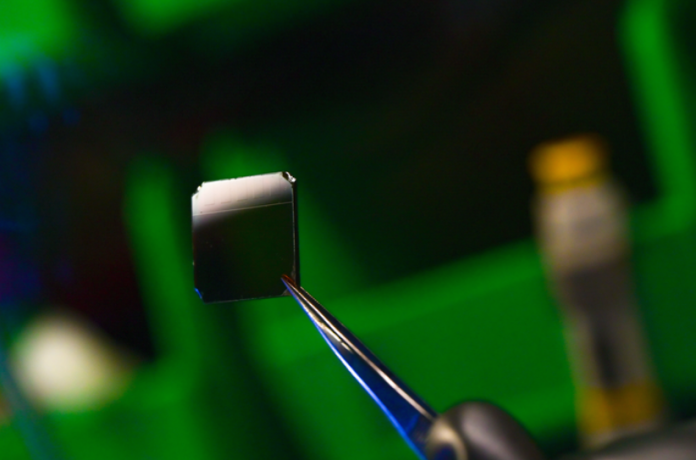Research engineers at Rice University achieved what they said was an efficiency benchmark for 2D perovskite cells, which are atomically thin photovoltaic cells. The researchers found that sunlight contracts the space between the cell’s atomic layers, increasing observed efficiency by up to 18%.
The Texas researchers said breakthroughs in perovskite efficiencies often happen at fractions of a percent at a time. In 10 years, perovskites have improved from about 3% efficiency to greater than 25%, they said.
“We’re on a path to get greater than 20% efficiency by engineering cations and interfaces,” said report co-author Siraj Sidhik. Sidhik said 2D/3D tandems could approach efficiencies near 30%, something he said would make a compelling case for commercialization.
Perovskites consist of cube-like crystal lattices that are highly efficient at gathering sunlight. The contraction effect the researchers observed shrinks the top-to-bottom thickness of the perovskite cell by 1%. They said this lessening of space between atoms increases conductivity threefold and boosts efficiency.
The team found that layering organic cations between the iodide on the top and the lead on the bottom enhanced the interaction between layers, resulting in efficiency boosts of up to 18%.
One drawback, however, is that perovskites degrade at a rate faster than conventional silicon photovoltaics. A solar panel is expected to last 20 to 25 years or more, so resiliency is a key to future perovskite development. The Rice team said it sees potential applications of 2D perovskites as a layer on top of a more-stable silicon panel, or possibility for 2D/3D perovskite tandems.






